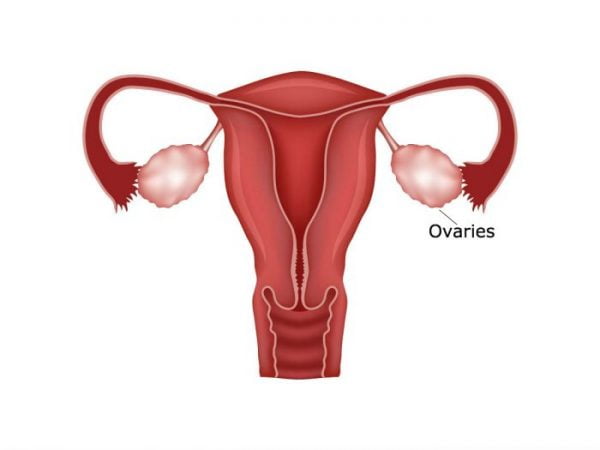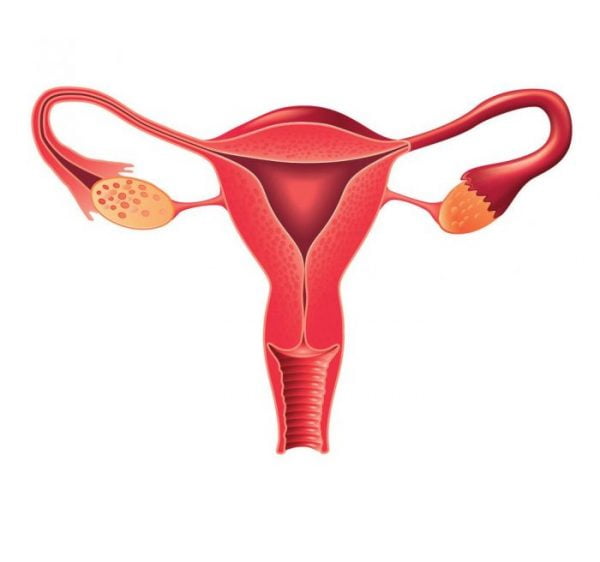ABOUT TUBAL LIGATION REVERSAL
Tubal ligation reversal is a surgical procedure performed to reverse tubal ligation (female sterilization), enabling a woman to become pregnant once again.
The procedure is performed on women who have had tubal ligation, which is a procedure performed to close or block a woman’s fallopian tubes to prevent pregnancy.
Tubal ligation reversal is performed in order to restore fertility, by reconnecting the remaining fallopian tubes.
The results vary with each patient and the type of tubal ligation surgery that the patient had, may influence the success of the reversal. Tubal ligation that was performed with tubal clips or rings is easier to reverse, as there is little scarring on the fallopian tubes. Sterilization which was performed using Adian or Essure systems, are more difficult to reverse to due the amount of scarring and IVF (in vitro fertilization) is usually recommended as an alternative.
Recommended for
- Women who want to have children after undergoing tubal ligation
- Women who have PTLS (post tubal ligation syndrome) after the tubal ligation procedure
TIME REQUIREMENTS
- Number of days in hospital: 1 – 3 days.
Sometimes patients can leave the same day, but some may require hospitalization.
- Average length of stay abroad: 1 – 2 weeks.
- Number of trips abroad needed: 1.

COMPARE TUBAL LIGATION REVERSAL PRICES AROUND THE WORLD
| Country | Cost |
|---|---|
| Turkey | 4655€ |
| Poland | 4000€ |
| Thailand | 3859€ |
| United Arab Emirates | 2961€ |
| Mexico | 2422€ |
| Tunisia | 987€ |
| India | 897€ |
HOW TO FIND QUALITY TREATMENT ABROAD
BEFORE TUBAL LIGATION REVERSAL ABROAD
Before surgery, the doctor will conduct a physical exam to determine if pregnancy can be achieved after a tubal ligation reversal. This exam is likely to include a blood and imaging test to ensure the ovaries are normal and healthy.
The patient should undergo a hysterosalpingogram (HSG) test to check the length and function of the remaining fallopian tubes. A HSG test is performed by using dye and an X-ray, or using saline and air along with an ultrasound.
HOW IS IT PERFORMED
The patient is administered with a general anesthetic and an incision is made in the abdomen, usually at the belly button and/or along the bikini line.
The surgeon then uses microscopic instruments to remove any clips or ties that were used to block the fallopian tubes and then reconnects the tubes with small sutures.
Anesthesia
General anesthetic.
Procedure duration
The Tubal Ligation Reversal takes 2 to 3 hours.

WHAT TO EXPECT AFTER TUBAL LIGATION REVERSAL
Post procedure care
Some patients may spend 1 to 3 nights in hospital based on their state after the procedure.
Possible discomfort
Most surgeons will use microscopic instruments, which means discomfort is kept to a minimum. However, this is major abdominal surgery, so most patients find they are weak and in discomfort for around 2 weeks after the procedure.
IMPORTANT THINGS TO KNOW ABOUT TUBAL LIGATION REVERSAL
Success rates
Pregnancy after surgery depends on a number of factors, but if there are no other fertility problems, rates are good. Across the range of patients undergoing the procedure pregnancy rates vary widely- between 40% and 85% success rate.
Not recommended for
- Women over the age of 40
- Patients with other fertility issues
Potential risks
- Infection
- Bleeding
- Scarring,
- Procedure failure
- Ectopic pregnancy















